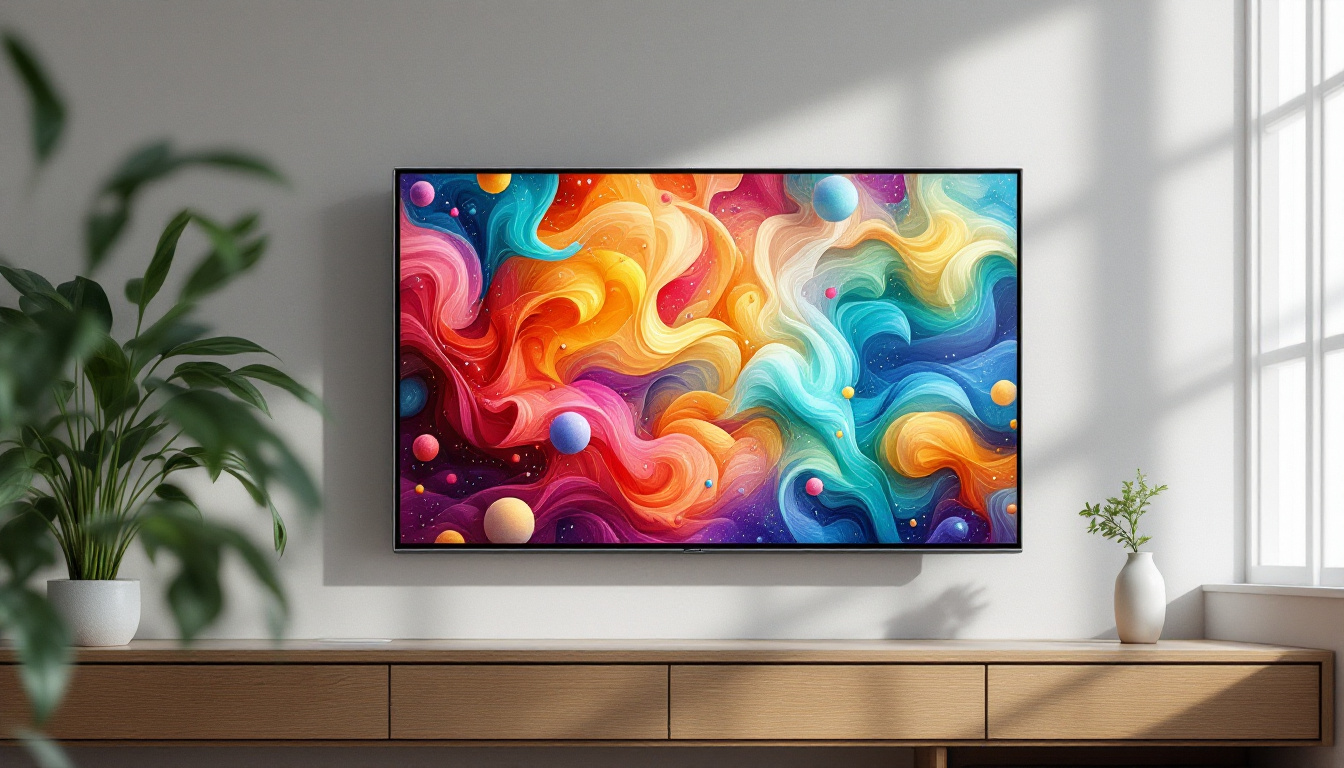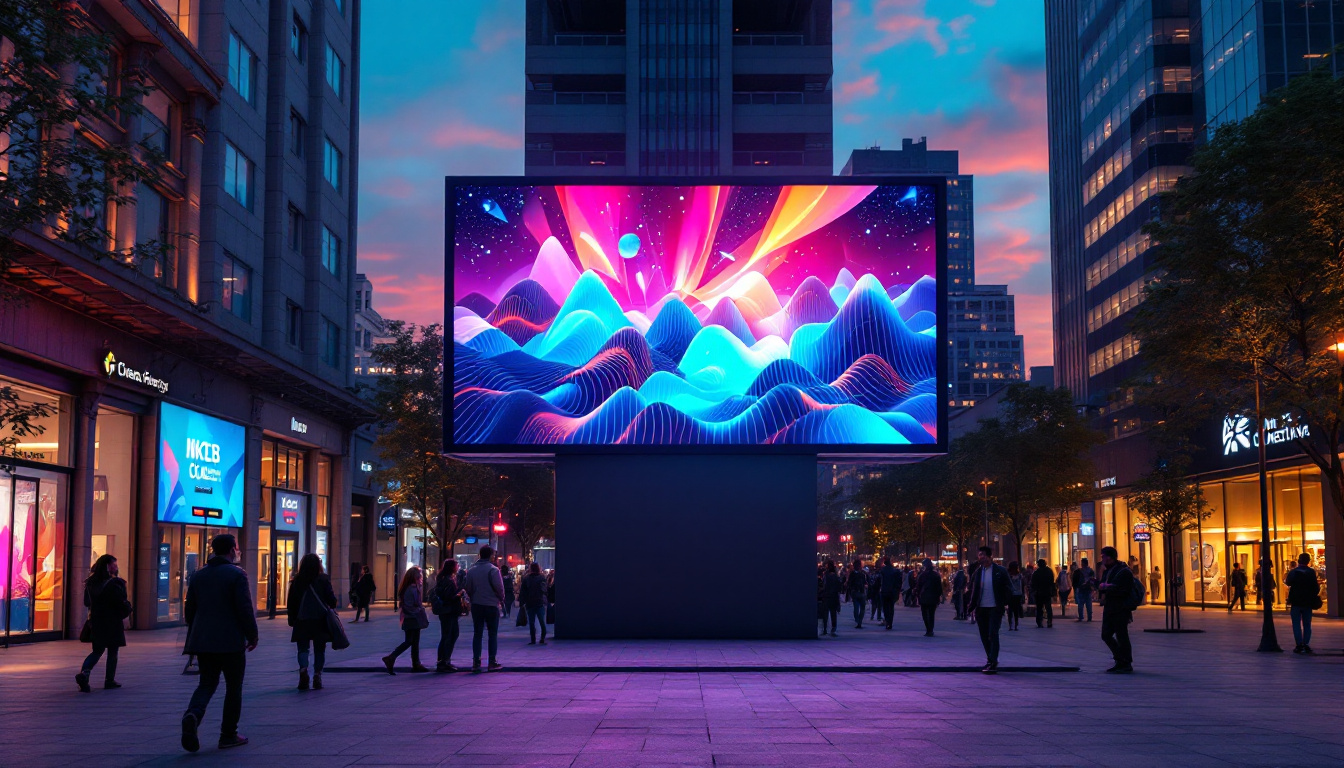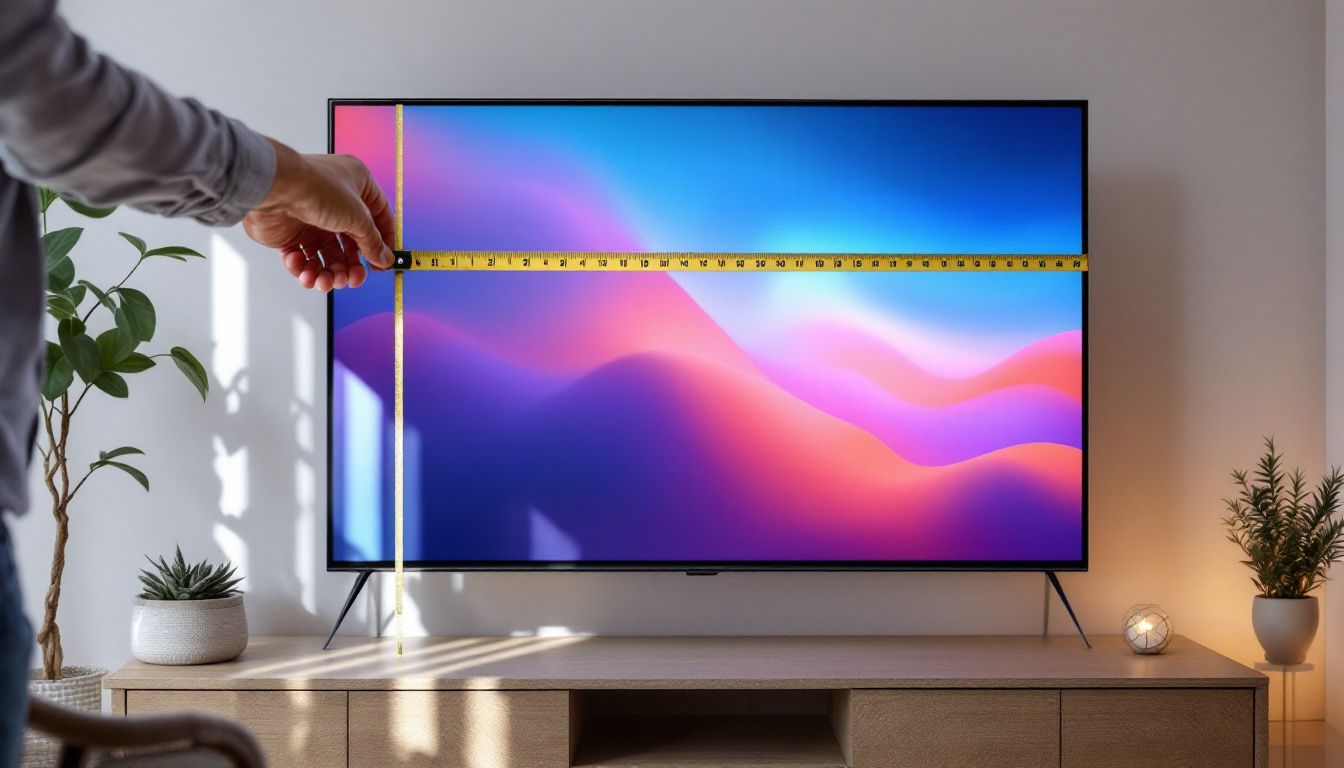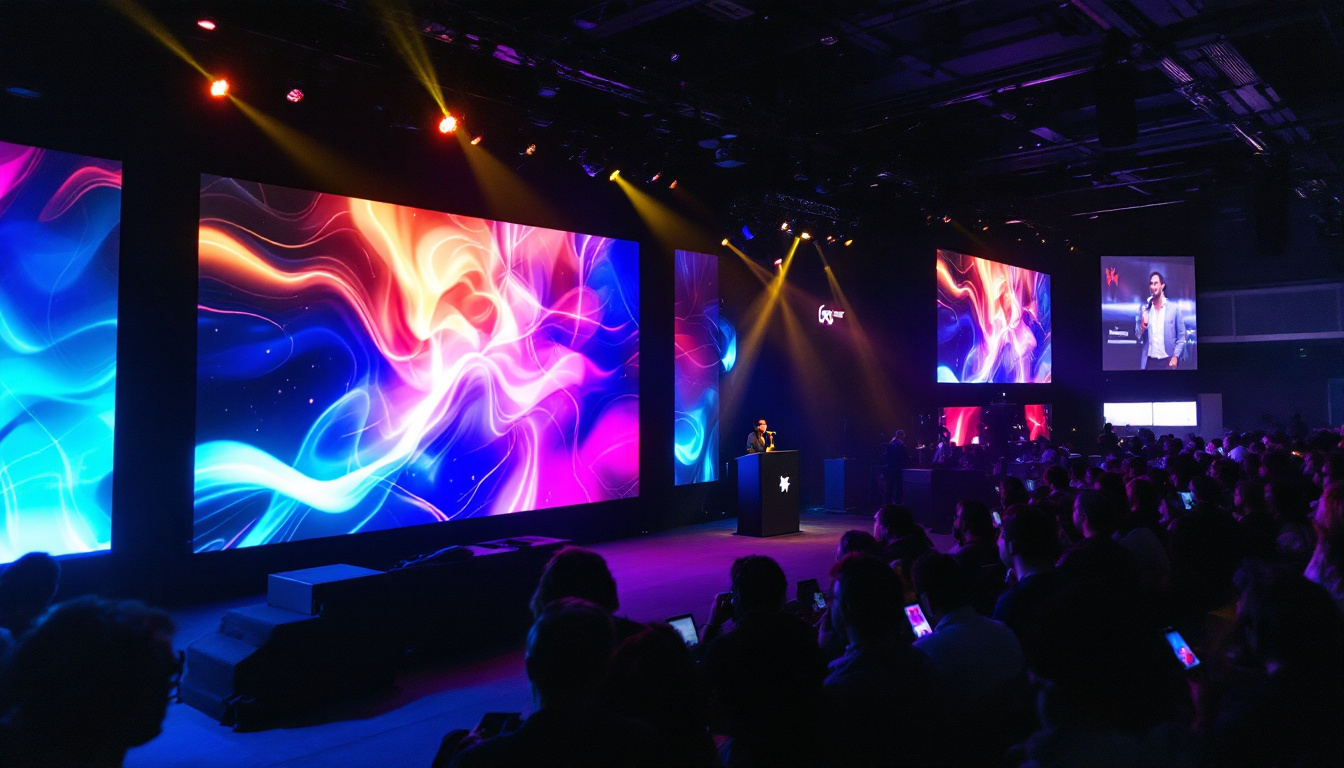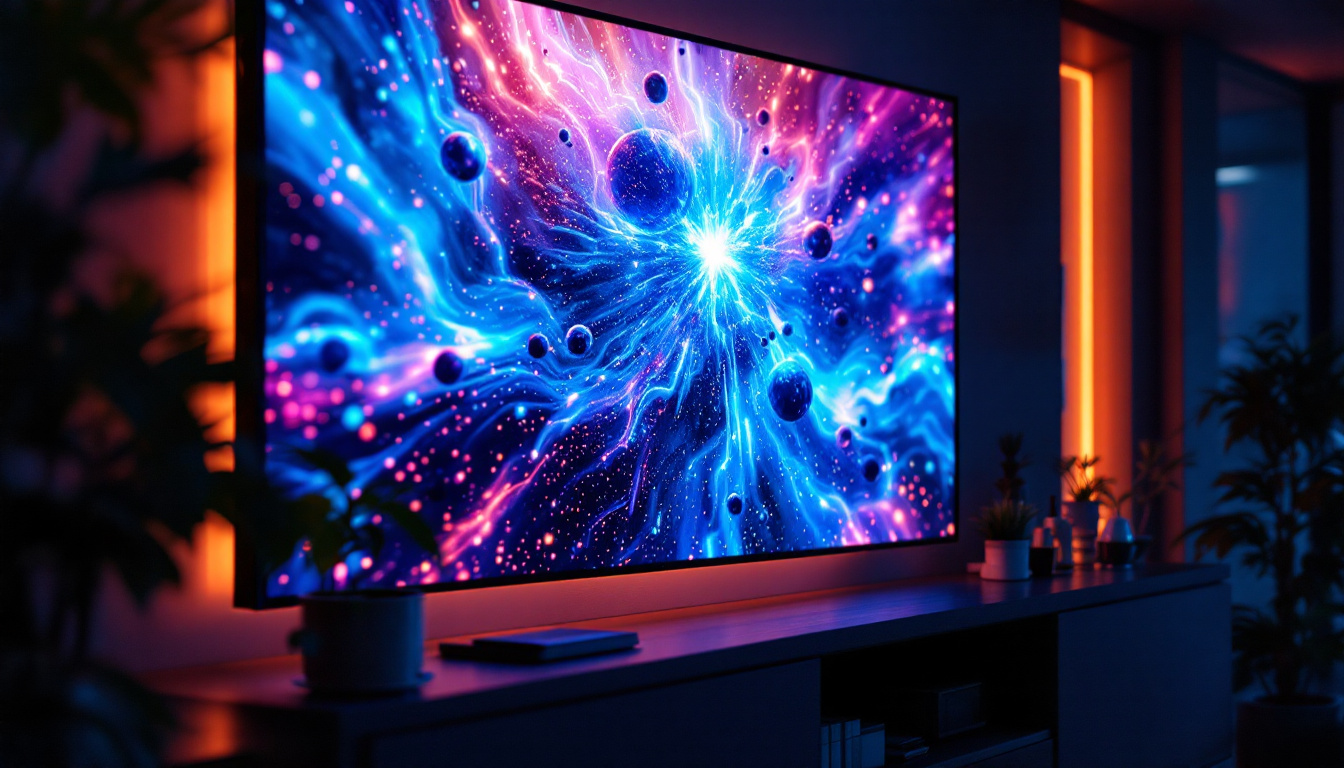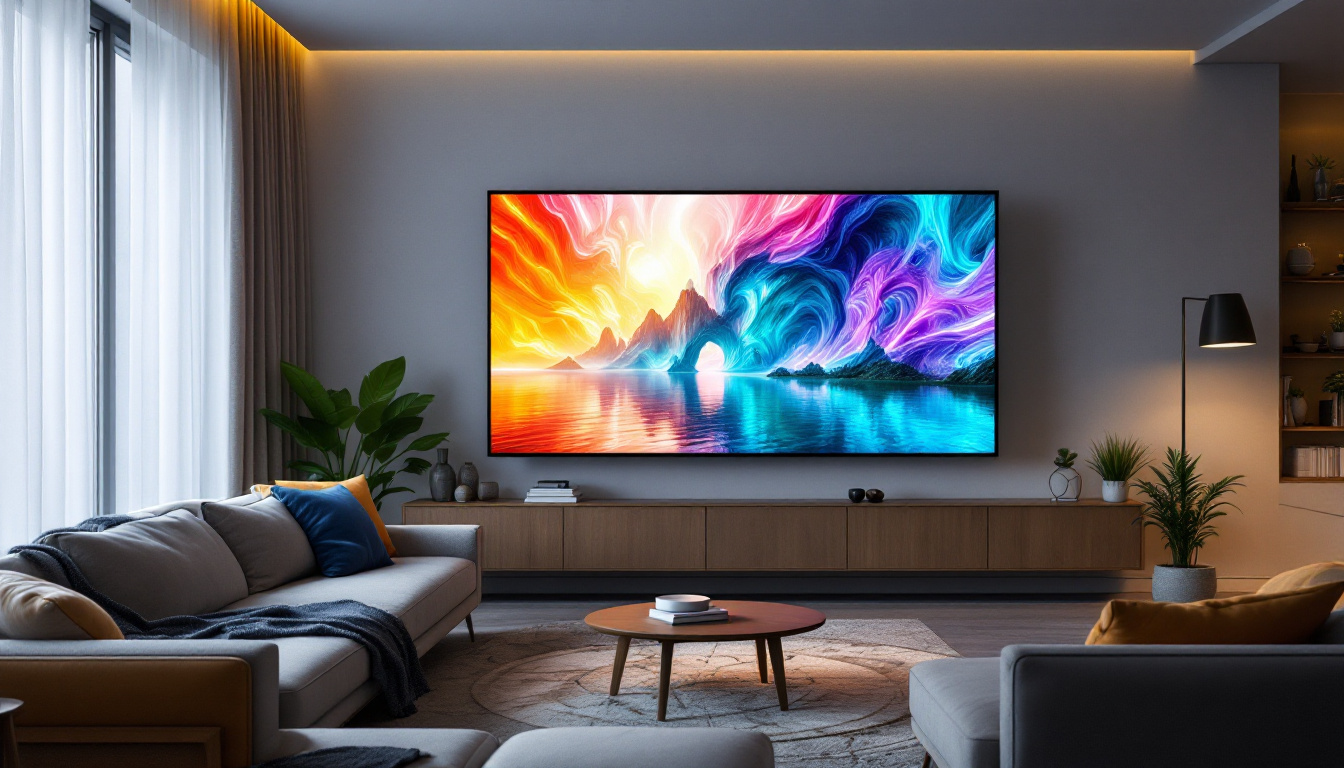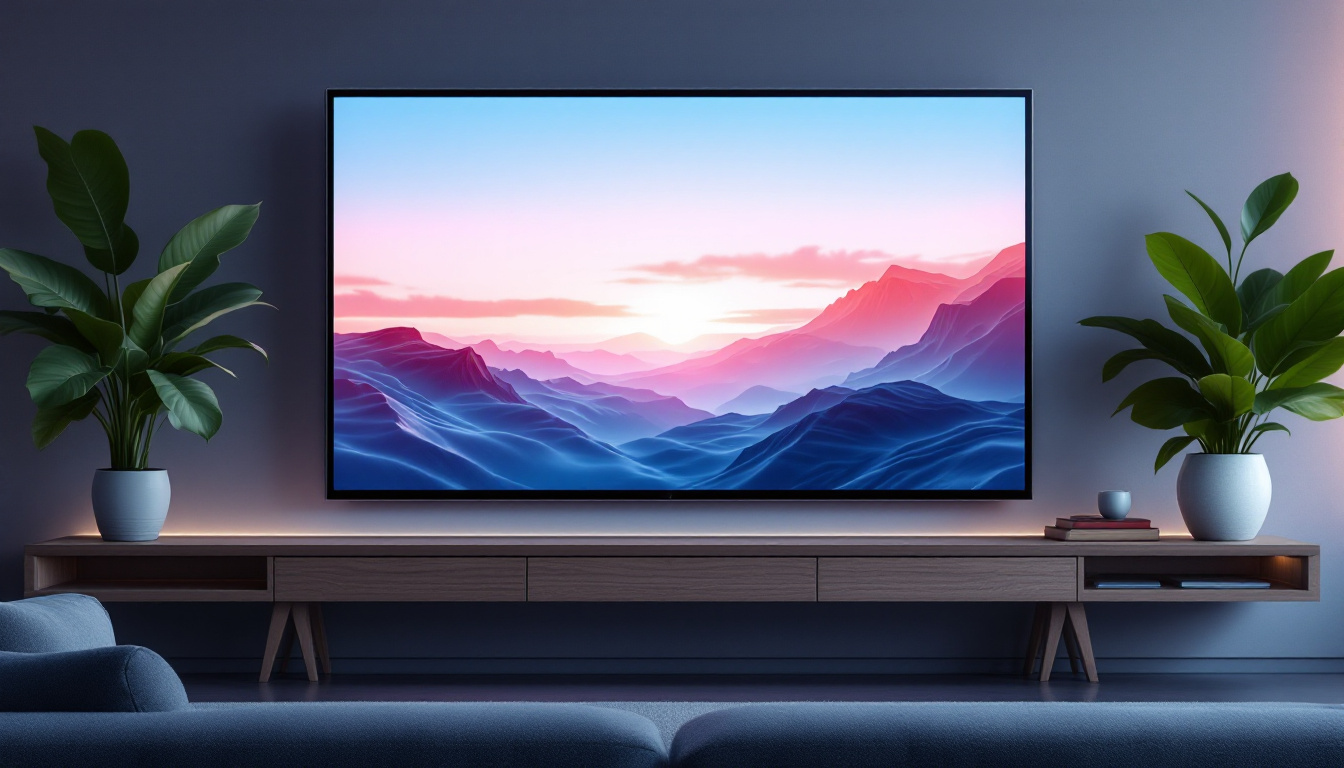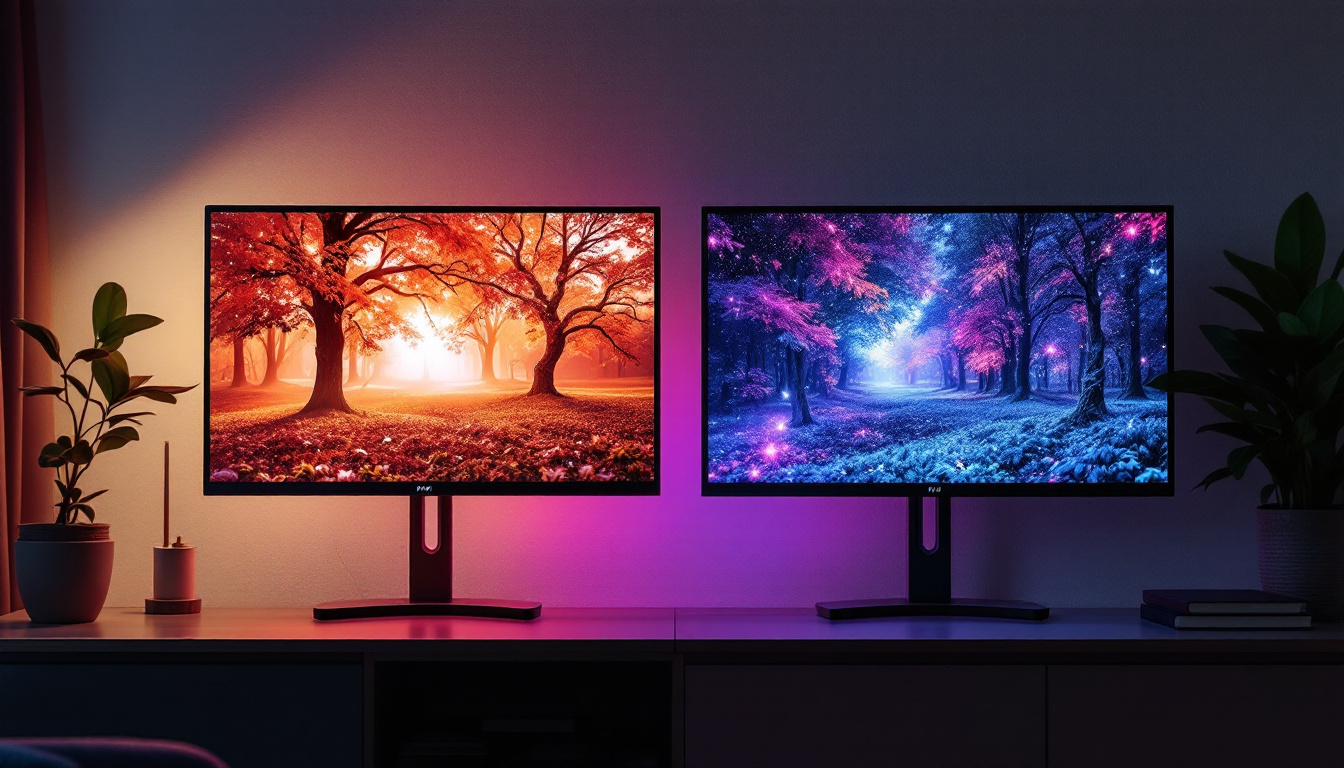Best Display Technology For TV: LED Display Explained
In the ever-evolving world of television technology, LED displays have emerged as a dominant force, captivating audiences with their vibrant colors and sharp images. Understanding the intricacies of LED technology can help consumers make informed decisions when selecting their next television. This article delves into the various aspects of LED displays, exploring their advantages, types, and how they compare to other technologies.
Understanding LED Technology
LED, or Light Emitting Diode, technology has transformed the television landscape. Unlike traditional LCD screens that use fluorescent backlighting, LED TVs utilize an array of tiny diodes to create images. This innovation results in several benefits, including improved energy efficiency, enhanced brightness, and superior color accuracy.
How LED Works
At its core, LED technology operates by passing an electric current through a semiconductor material, which then emits light. In the context of televisions, these diodes are arranged in a grid behind the screen, illuminating the pixels to produce images. The arrangement and type of LEDs used can significantly affect the overall performance of the display.
There are primarily two types of LED configurations: edge-lit and full-array. Edge-lit LED TVs have LEDs placed along the edges of the screen, while full-array models feature a grid of LEDs behind the entire display. Full-array technology generally offers better contrast and brightness control, making it a preferred choice for high-end models. Furthermore, advancements in local dimming technology enable full-array LED TVs to selectively dim or brighten specific areas of the screen, enhancing the depth of blacks and the overall dynamic range of the picture.
Benefits of LED Displays
LED displays come with a host of advantages that make them appealing to consumers. One of the most significant benefits is energy efficiency. LED TVs consume less power compared to traditional LCD and plasma screens, leading to lower electricity bills over time.
Another advantage is the brightness and color performance. LED technology can achieve higher brightness levels, making it suitable for viewing in well-lit rooms. Additionally, the color accuracy and vibrancy of LED displays contribute to a more immersive viewing experience, particularly for movies and sports. This is further enhanced by technologies such as HDR (High Dynamic Range), which allows for a wider range of colors and contrasts, making images appear more lifelike. As a result, viewers can enjoy a more engaging experience, whether they are watching the latest blockbuster or their favorite sports team in action.
Moreover, LED technology has also made strides in terms of durability and lifespan. Unlike older display technologies, LED screens are less prone to burn-in and can last significantly longer, often exceeding 50,000 hours of use. This longevity not only provides peace of mind for consumers but also reduces electronic waste, aligning with a growing emphasis on sustainability in technology. As manufacturers continue to innovate, the integration of smart features and connectivity options in LED TVs further enhances their appeal, allowing users to seamlessly access streaming services and smart home devices from the comfort of their couches.
Types of LED Displays
While all LED TVs share the same fundamental technology, they can be categorized into several types based on their features and performance. Understanding these distinctions can help consumers choose the right model for their needs.
Standard LED TVs
Standard LED TVs are the most common type on the market. They utilize edge-lit or full-array backlighting and offer decent picture quality at an affordable price. These models are suitable for everyday viewing, including watching movies, shows, and playing video games. With advancements in technology, many standard LED TVs now come equipped with smart features, allowing users to stream content directly from popular platforms like Netflix and Hulu without the need for additional devices.
Additionally, many standard LED TVs support various resolutions, including Full HD (1080p) and 4K Ultra HD, providing options for consumers depending on their budget and viewing preferences. The integration of HDR (High Dynamic Range) technology in some models further enhances the viewing experience by expanding the range of colors and contrast, making images appear more lifelike. As a result, standard LED TVs remain a popular choice for families and casual viewers alike.
OLED vs. QLED
Two notable competitors in the display market are OLED (Organic Light Emitting Diode) and QLED (Quantum Dot LED) technologies. While both offer unique advantages, they differ significantly from standard LED displays.
OLED displays provide superior contrast ratios and deeper blacks because each pixel emits its own light. This allows for more precise control over brightness and color. However, OLEDs can be more expensive and may suffer from burn-in issues if static images are displayed for extended periods. This characteristic makes them particularly well-suited for cinematic experiences, as the vivid colors and exceptional detail can truly bring films to life. Furthermore, the ultra-thin design of OLED screens allows for sleek aesthetics that can complement modern home decor.
On the other hand, QLED technology uses quantum dots to enhance color and brightness. QLED TVs can achieve remarkable brightness levels, making them ideal for bright rooms. While they do not match OLED in terms of black levels, they offer vibrant colors and excellent longevity. The durability of QLED displays is a significant advantage, especially for those who may be concerned about the lifespan of their television. Additionally, many QLED models come with advanced gaming features, such as low input lag and high refresh rates, making them a favorite among gamers looking for immersive experiences. Overall, both OLED and QLED technologies cater to different preferences and viewing environments, ensuring that consumers have a range of options to choose from based on their specific needs and lifestyle.
Comparing LED Displays with Other Technologies
When considering a new television, it is essential to compare LED displays with other technologies such as LCD, plasma, and newer innovations. Each technology has its strengths and weaknesses, impacting the viewing experience.
LED vs. LCD
While LED is technically a type of LCD technology, the term “LCD” typically refers to screens that use fluorescent backlighting. Compared to traditional LCDs, LED displays offer better brightness, energy efficiency, and color accuracy. This makes LED the preferred choice for most consumers today.
LED vs. Plasma
Plasma TVs were once the go-to option for high-quality displays, known for their excellent color reproduction and deep blacks. However, they have largely fallen out of favor due to their weight, thickness, and susceptibility to burn-in. LED displays have taken the lead, offering comparable picture quality with added benefits such as energy efficiency and a slimmer profile.
Factors to Consider When Choosing an LED TV
With numerous options available, selecting the right LED TV can be overwhelming. Several factors should be considered to ensure the best choice for individual needs.
Screen Size
The size of the television is one of the most critical factors. It is essential to choose a screen size that fits well within the viewing space. A larger screen can enhance the viewing experience, but it should not overwhelm the room. As a general rule, the viewing distance should be approximately 1.5 to 2.5 times the diagonal size of the screen.
Resolution
Resolution plays a significant role in picture quality. Most modern LED TVs come in Full HD (1080p) and 4K Ultra HD (2160p) resolutions. While 1080p is sufficient for smaller screens, 4K resolution provides a more detailed and immersive experience, especially on larger displays. Additionally, 8K TVs are emerging, offering even higher resolutions, but content availability remains limited.
Smart Features
In today’s digital age, smart features are essential for many consumers. Many LED TVs come equipped with built-in streaming services, voice control, and compatibility with smart home devices. These features can enhance convenience and provide access to a wide range of content without the need for additional devices.
Future of LED Display Technology
The future of LED display technology looks promising, with ongoing advancements aimed at improving performance and user experience. Several trends are shaping the direction of LED technology in the coming years.
MicroLED Technology
MicroLED is an emerging technology that promises to combine the best features of OLED and traditional LED displays. MicroLED screens consist of tiny individual LEDs that can be turned on and off independently, allowing for exceptional contrast and color accuracy. This technology has the potential to eliminate issues like burn-in while providing stunning picture quality.
Improved Energy Efficiency
As environmental concerns continue to grow, manufacturers are focusing on enhancing energy efficiency in LED displays. Innovations in materials and design are leading to TVs that consume less power while delivering superior performance. This shift not only benefits consumers but also contributes to sustainability efforts.
Enhanced Gaming Features
With the rise of gaming as a popular form of entertainment, LED TVs are incorporating features specifically designed for gamers. Technologies such as variable refresh rates, low input lag, and HDR support are becoming standard in many models. These enhancements ensure a smoother and more responsive gaming experience, making LED displays a top choice for gamers.
Conclusion
LED display technology has revolutionized the way viewers experience television. With its numerous advantages, including energy efficiency, vibrant colors, and improved picture quality, LED TVs have become the preferred choice for consumers worldwide. Understanding the different types of LED displays, their benefits, and how they compare to other technologies can empower consumers to make informed decisions when purchasing a new television.
As technology continues to evolve, LED displays are poised to remain at the forefront of the television market. With innovations like MicroLED and enhanced gaming features on the horizon, the future looks bright for LED technology. Whether for casual viewing, gaming, or home theater experiences, LED displays offer something for everyone, ensuring that viewers can enjoy their favorite content in stunning detail and clarity.
Explore the Future of Visual Experience with LumenMatrix
Ready to elevate your viewing experience with the latest in LED display technology? Discover LumenMatrix’s innovative solutions tailored to your needs. From the immersive Indoor LED Wall Display to the dynamic Outdoor LED Wall Display, and from the versatile Vehicle LED Display to the sleek LED Poster Display, LumenMatrix offers a comprehensive range of products designed to revolutionize visual communication. Embrace the future with LED Sports Displays, interactive Floor LED Displays, and the stunning clarity of Custom LED Displays. Experience the seamless integration of All-in-One LED Displays and the captivating transparency of LED Transparent Displays. Don’t just watch—immerse yourself in unparalleled visual storytelling. Check out LumenMatrix LED Display Solutions today and transform your space into a hub of engagement and impact.


